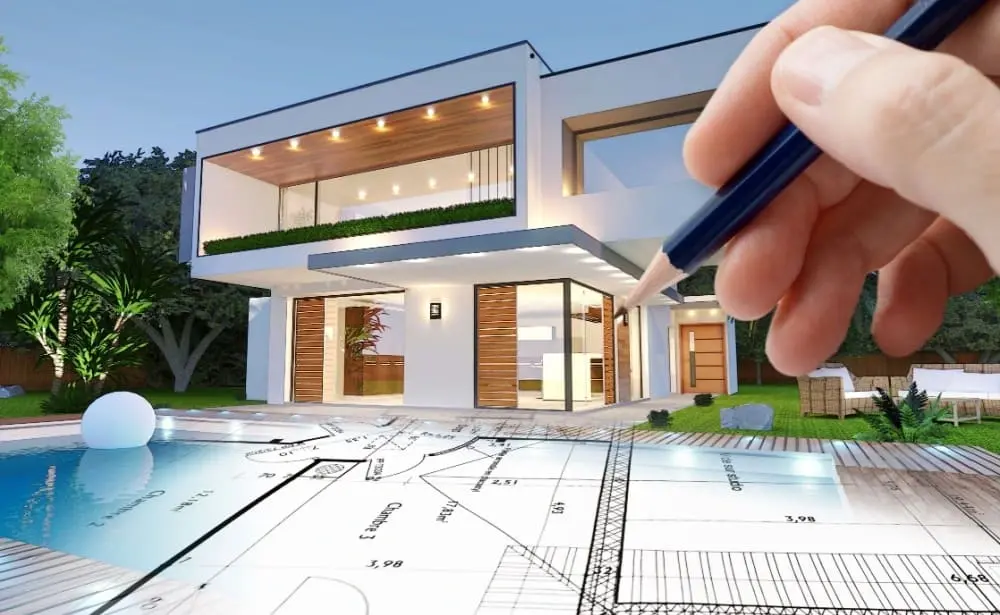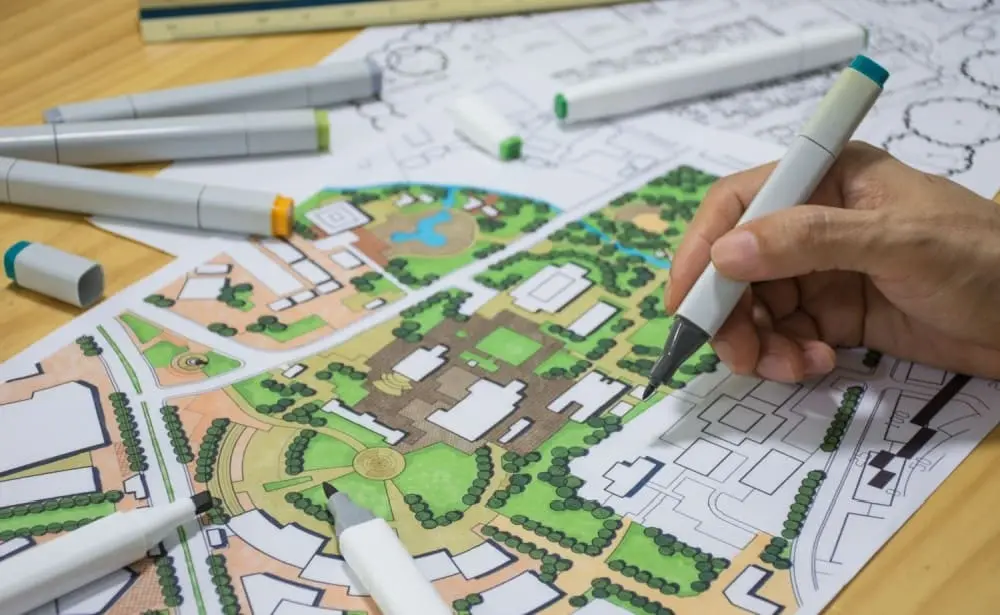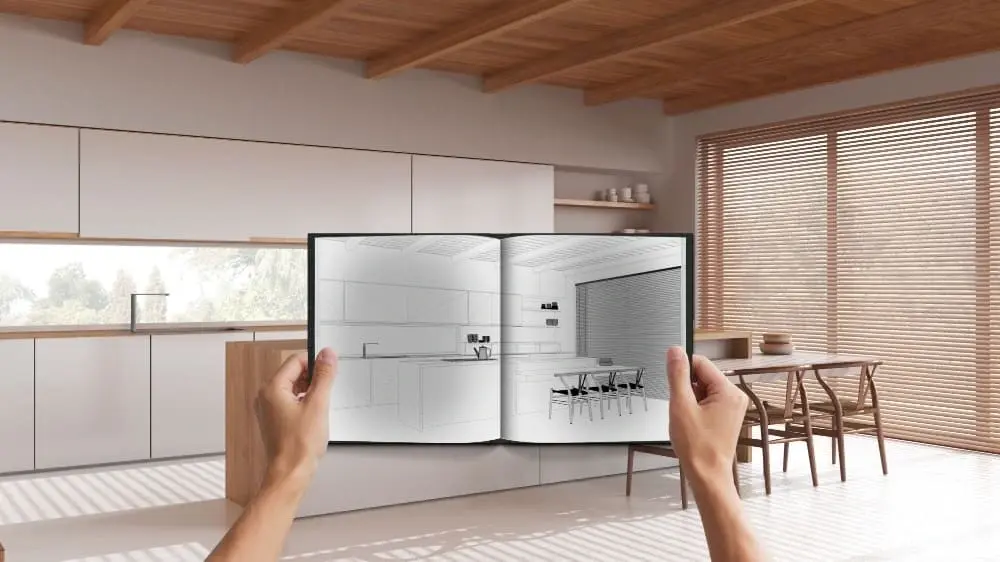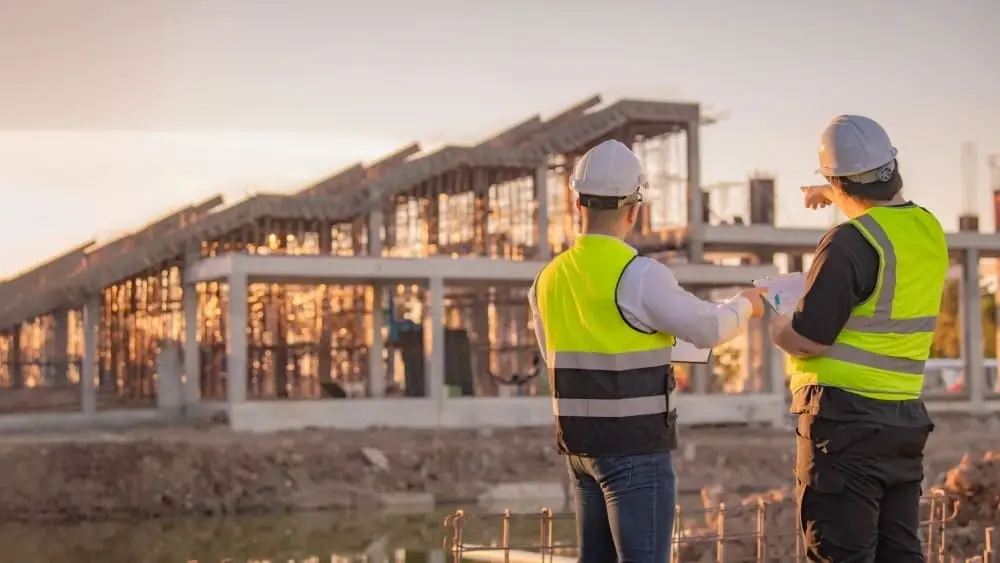8 Different Types of Architects in the Construction Industry

Architecture is one of the most progressive and impactful disciplines within the construction industry. At its core, architects are responsible for conceptualizing, designing, and overseeing the development of built environments, blending technical expertise with creative vision. However, as the construction industry evolves, architects often focus on different types of architectural specializations to refine their skills and address specific project requirements.
This blog delves into the different types of architects, exploring various specialization areas to provide a comprehensive understanding of their unique contributions to construction projects.
Who Is an Architect?
An architect is a licensed professional trained in the art and science of designing buildings, structures, and environments. They are responsible for creating functional, safe, and aesthetically pleasing spaces that meet the needs of their clients while adhering to budgetary constraints, structural codes, and environmental standards.
The scope of an architect’s work includes the entire lifecycle of a construction project, from initial concept development and schematic planning to site supervision and project completion. However, due to the complexity and scale of modern construction, many architects choose to specialize in a particular field, ensuring their designs align precisely with the unique demands of each project.
Different types of architects and what they do
Architects can choose from various fields of specialization to align with their interests, expertise, and industry demands. Here are the key specialization areas in architecture:
1. Residential Architects - Crafting Dream Homes

Who They Are
Residential architects specialize in designing homes and housing complexes. Their work ranges from single-family homes to multi-unit residences, such as apartment buildings and townhouses.
Key Skills and Focus Areas
These architects focus on layouts, functionality, and aesthetics, considering the specific needs of the homeowners. They are adept at optimizing living spaces and incorporating elements such as natural lighting, sustainable materials, and personalized design details.
Relevance in Construction
The growing emphasis on custom-built homes and sustainability has made residential architects indispensable in modern housing developments.
As per research, The U.S. architectural services market size was valued at USD 73.01 billion in 2023 and is projected to grow at a CAGR of 4.2% from 2024 to 2030.
2. Commercial Architects - Building for Business Success

Who They Are
Commercial architects design buildings that serve business-related functions, such as offices, retail stores, shopping complexes, and hotels.
Key Skills and Focus Areas
They must align their designs with the client’s branding, usability requirements, and local building codes. Space efficiency, safety, and customer flow are some of the critical factors they address.
Relevance in Construction
The rapid expansion of urban business districts and commercial hubs keeps commercial architects at the forefront of architectural innovation.
3. Landscape Architects - Designing Outdoor Masterpieces

Who They Are
Landscape architects specialize in designing outdoor environments, from public parks and gardens to corporate campuses and urban plazas.
Key Skills and Focus Areas
They focus on balancing aesthetics with environmental sustainability, ensuring that their designs harmonize with the natural landscape. Water management, green spaces, and eco-friendly plantings fall under their purview.
Relevance in Construction
Landscape architects are integral to urban development projects aiming to create sustainable and visually appealing public spaces.
4. Interior Architects - Creating Spaces That Inspire

Who They Are
Interior architects bridge the gap between architecture and interior design, focusing on the interiors of buildings and how they interact with the structure itself.
Key Skills and Focus Areas
They excel in creating functional layouts, optimizing space, and choosing materials and finishes that elevate the interior aesthetic. They often prioritize energy efficiency and ergonomics.
Relevance in Construction
Interior architects are essential in both residential and commercial projects where client satisfaction hinges on the functionality and appeal of interior spaces.
5. Urban Designers - Shaping Tomorrow’s Cities

Who They Are
Urban designers focus on the broader aspects of city planning and community development, combining architecture, landscape design, and infrastructure planning.
Key Skills and Focus Areas
Their expertise includes zoning, urban mobility, and public infrastructure design. They aim to create cities that are efficient, livable, and sustainable.
Relevance in Construction
With urban populations rising, urban designers are pivotal in shaping the built environment at the macro level.
6. Industrial Architects - Streamlining Production Spaces

Who They Are
Industrial architects specialize in designing facilities for manufacturing, production, and distribution, including factories, warehouses, and power plants.
Key Skills and Focus Areas
Their focus is on functionality, safety, and optimizing the flow of operations within the industrial space. They also consider environmental compliance and machinery integration.
Relevance in Construction
The manufacturing and logistics boom fuels the demand for specialized industrial facilities, keeping these architects in high demand.
7. Sustainable Architects/ Green Design Architects - Champions of Sustainability

Who They Are
Sustainable architects, or green architects, design buildings that minimize environmental impact and promote eco-friendly practices.
Key Skills and Focus Areas
They prioritize energy efficiency, renewable materials, and incorporating renewable energy sources like solar panels. Passive design strategies, such as natural ventilation and daylighting, are also vital.
Relevance in Construction
With global industries moving toward sustainability, these architects play a crucial role in developing eco-conscious projects.
8. Historic Preservation and Conservation Architects - Protecting Our Heritage

Who They Are
These architects specialize in restoring and preserving historical buildings while maintaining their original integrity and purpose.
Key Skills and Focus Areas
They have expertise in historical research, architectural conservation techniques, and compliance with heritage regulations. Modernizing historical structures to meet current safety standards often forms a significant part of their work.
Relevance in Construction
Given the growing push for cultural preservation, these architects blend tradition and modernity, maintaining the delicate balance required in restoration projects.
Coordination Between Architects and MEP Engineers: A Key to Successful Projects
Collaboration between architects and MEP (Mechanical, Electrical, and Plumbing) engineers is crucial for the seamless execution of any construction project. Architects focus on the aesthetic and functional design of a building, while MEP engineers ensure that essential systems like HVAC, electrical, and plumbing are integrated effectively without compromising the design intent. This coordination is vital to address challenges such as energy efficiency, sustainability, and compliance with building codes.
At NY Engineers, we specialize in bridging this gap by providing innovative MEP designs that align perfectly with architectural visions. Our team works closely with architects to create holistic solutions that enhance functionality, optimize performance, and maintain the integrity of the overall design. This synergy not only improves project outcomes but also ensures a smoother construction process from concept to completion.

Anuj Srivastava
Anuj Srivastava is a principal partner at NY Engineers. He is known for his MEP franchise market knowledge. Anuj is currently leading a team of 100+ MEP/FP engineers and has successfully led over 1500 franchise projects in the US.
Join 15,000+ Fellow Architects and Contractors
Get expert engineering tips straight to your inbox. Subscribe to the NY Engineers Blog below.


